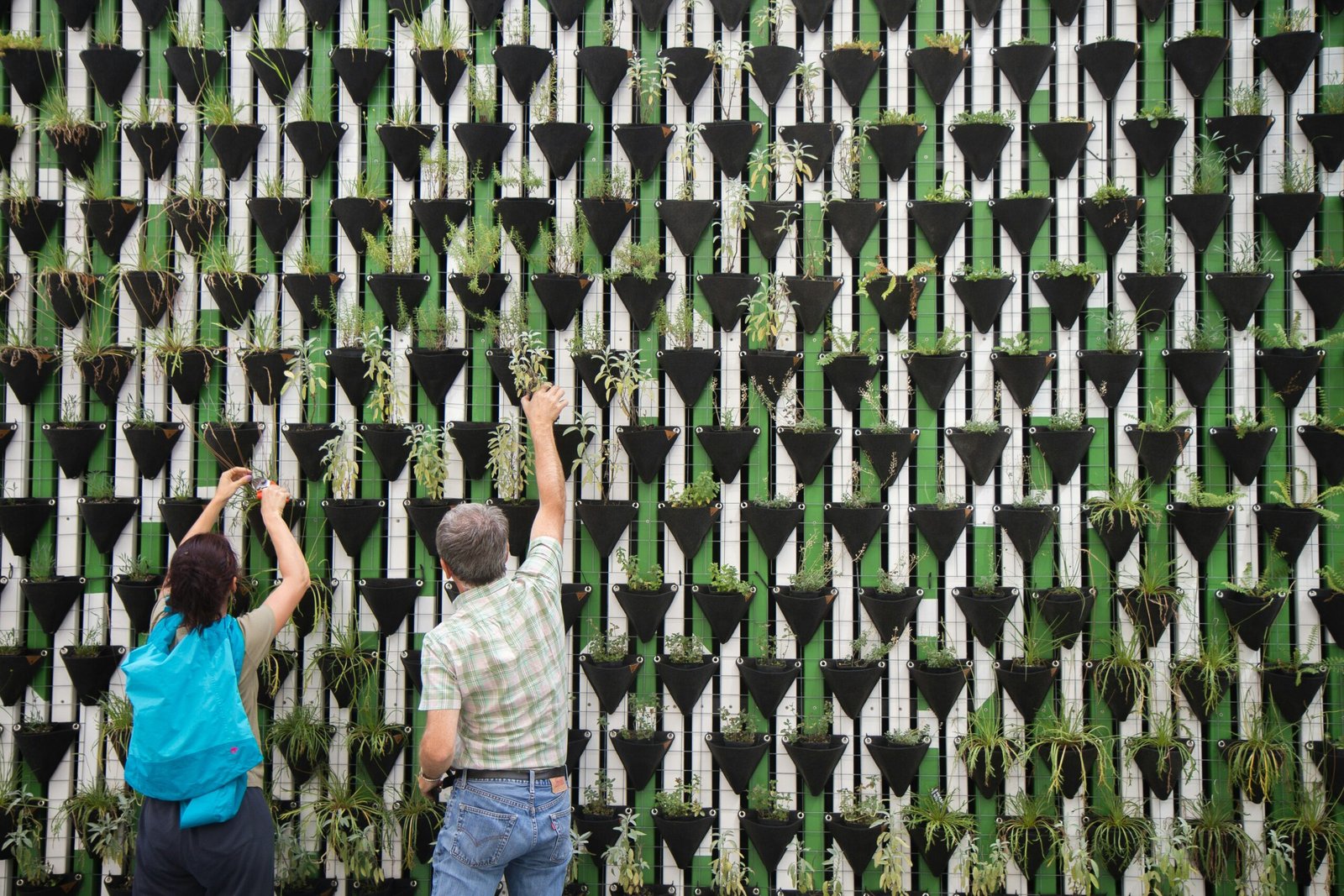Unlocking Urban Gardening: A Comprehensive Guide to Greening Your City
Urban gardening refers to the practice of cultivating, processing, and distributing food in or around urban areas.
Urban gardening refers to the practice of cultivating, processing, and distributing food in or around urban areas.

Introduction to Stackable Plants Stackable plants represent an innovative approach to gardening that maximizes the use of vertical space, making…

Introduction to Balcony Gardening Balcony gardening is an innovative and practical solution for urban dwellers who wish to enjoy the…
Vertical Gardening Systems - The Ultimate Guide to Grow Your Garden Upwards Discover the wonders of vertical gardening systems and…
Winter Gardening Activities to Enjoy in the Off-Season Winter can be a challenging time for gardeners, but it doesn't mean…
Gardening bucket For Beginners: 7 Ideas To Get You Started If you're looking for a fun, easy, and affordable way…
9 Ideas For Urban Gardening To Help You Bring Nature Into Your Home Gardening can be a great way to…
10 Easy And Creative gardening in texas Gardening is a great way to get creative and enjoy some fresh air.…
Creative Milk Jug Gardening Ideas: A Fun Way To Grow Your Garden In 2023 When it comes to growing your…
8 Shade Gardening Ideas To Transform Your Outdoor Space If you're looking for ways to spruce up your outdoor space,…